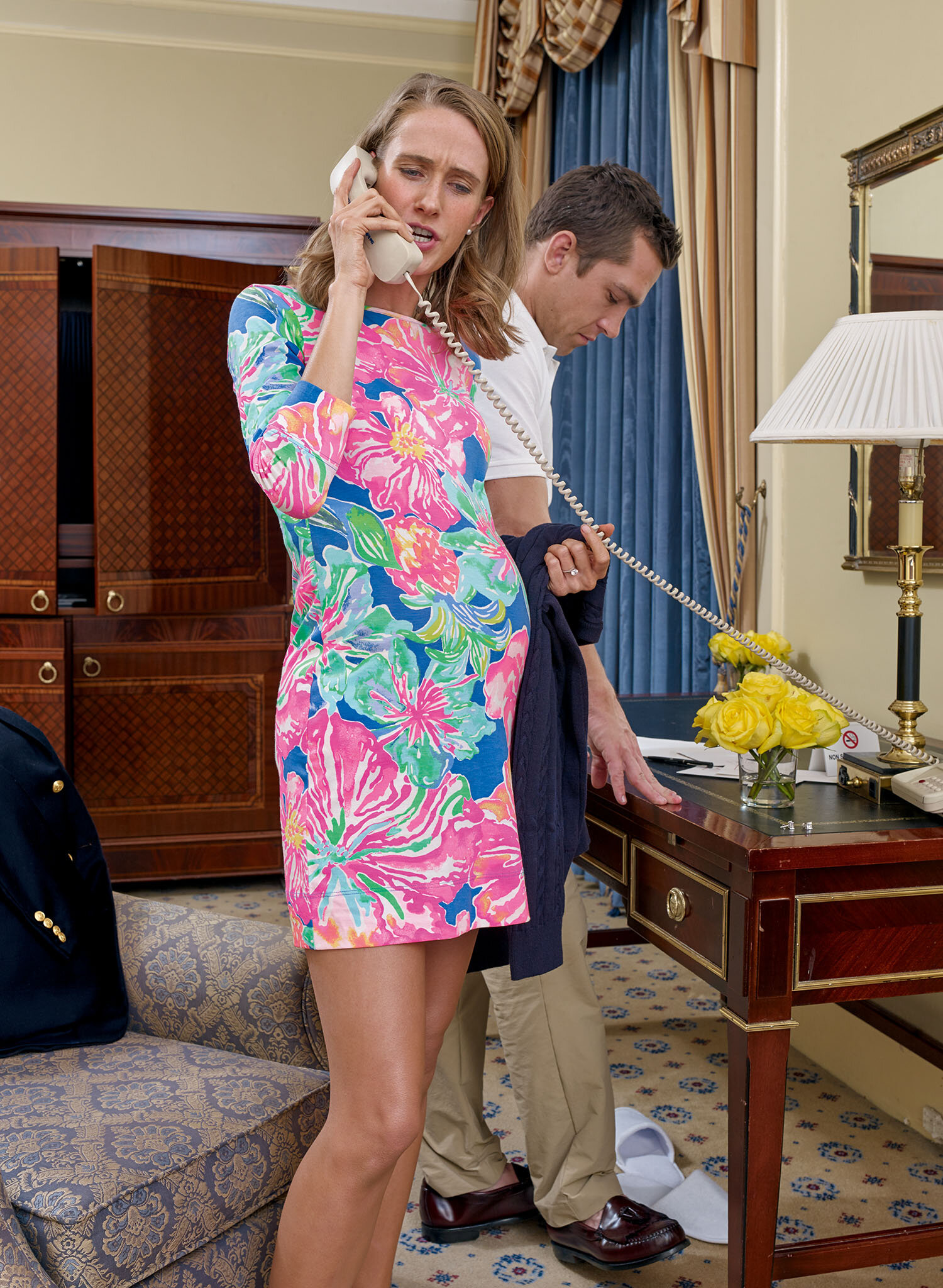An Ill-Timed Look Behind the Hedges
Living Trust © Buck Ellison 2020 courtesy Loose Joints
It’s no secret that the super-affluent are riding out the COVID-19 quarantine slightly differently than the average American. While the hoi polloi are fighting over toilet paper and cursing the few that bought-out the Walmart pasta aisle, celebrities are posting their “we’re all in this together” Instagrams from their private islands and multi-million dollar estates. Although inequity in the United States long predates this pandemic, in times of economic upheaval the working class experiences the fallout in tangible ways – physically and materially – directly affecting their livelihoods and health.
In 2020, Oxfam released its annual report, disclosing that collectively the world’s some 2,000 billionaires have more wealth than 60 percent of the planet’s population – a figure, which the pandemic will likely impact. Ultra-high-net-worth individuals (UHNWIs) during this COVID crisis have taken to their yachts and private jets – and some are less quiet about it than others. Media mogul, David Geffen, who is worth $7.5 billion according to Forbes, comically exemplifies how the rich can quite literally sail away from world issues. Geffen writes, on his now-deleted Instagram account, “Isolated in the Grenadines avoiding the virus. I’m hoping everybody is staying safe.” This cordial message was accompanied by a photo of his $400 million superyacht.
Living Trust © Buck Ellison 2020 courtesy Loose Joints
It seems as if the tone-deaf wealthy are sparing no expense when it comes to sharing their indulgent remedies to the novel Coronavirus and the subsequent plagues of isolation and boredom. As Gwenyth Paltrow sports her expensive face mask to Paris Fashion Week as health-care workers struggle to procure lifesaving masks while on the job, and Khloé Kardashian teepees Kourtney Kardashian’s house amid a toilet paper shortage – it begs the question, where is your humanity?
Buck Ellison’s new monograph, Living Trust, which was published this month by Loose Joints, takes its name from an authentic financial term – an estate planning tool used to protect a person’s wealth and assets during their lifetime. Composed of still lifes, family portraits, sports studies and staged ‘mockumentary’ like scenes, Ellison’s book mirrors the kind of manicured imagery associated with UHNWIs. Ellison trims the hedges of moneyed estates so we can metaphorically peer over – exposing the superficiality, aloofness, and extravagance of the ultra-wealthy.
Living Trust © Buck Ellison 2020 courtesy Loose Joints
Interestingly enough, it was Ellison’s own family’s reluctance to be photographed which inspired this project. “I wanted to make work about what I knew,” he explains. “I wanted to explore inequality, but even asking my own family made them uncomfortable because they felt like they were being put under a microscope.”
What become more apparent to Ellison as the project progressed were the subtle nods and codes of a certain class he was all-too-familiar. He looked to capture the “tiny social interactions, slights of manners and forms of class violence. Novels pinpoint this so well – Virginia Woolf was an incredible critic of class in England or Edith Wharton in America. A large chunk of western painting was a representation of this sort of wealth – but there wasn’t much in photography.”
Living Trust © Buck Ellison 2020 courtesy Loose Joints
And Ellison certainly accomplishes this nod to the audience, as his photographs are nothing short of eerie – what one might imagine would fill the brochures of a Cape Cod country club. Every photograph alludes to various codes of privilege: young girls playing lacrosse – all white, wearing the uniforms from their exclusive, New England boarding – a Lilly-Pulitzer clad mother-to-be, annoyedly talking on the phone. These staged images transition into a sequence of garish still lifes — spirals of tangerine peel on a blue background sprawl lifelessly, made immortal by film. Later, images of raw seafood, private chefs, and golfing bankers further illuminate the ultra-wealthy, white American family.
Living Trust © Buck Ellison 2020 courtesy Loose Joints
During this economic crisis in a country rife with the one of the most severe wealth disparities to begin with, Ellison’s project was hard to digest. I still struggle to discern the difference between his crude eye and capable camera and a poorly-timed dissertation of plutocrats. Of course, Ellison’s work is not binary. While this remains a critical time to challenge the selfish behavior of the super-affluent, often shrouded in mystery and bias, the sheer abundance of material wealth in Ellison’s photography is sickening in comparison to many people’s current reality.
While the rich plan their getaways, the less affluent are forced to deal with finding childcare, food and employment. Senator Bernie Sanders states, “Half of our people are living paycheck to paycheck. We’ve got people who are struggling working two or three jobs to put food on the table. What is going to happen to them?” As our country’s first-responders risk their lives saving our sick and vulnerable – regardless of their race, class, or creed – the wealthy trust-funders seem comparably insignificant.
Living Trust by Buck Ellison, published by Loose Joints.












